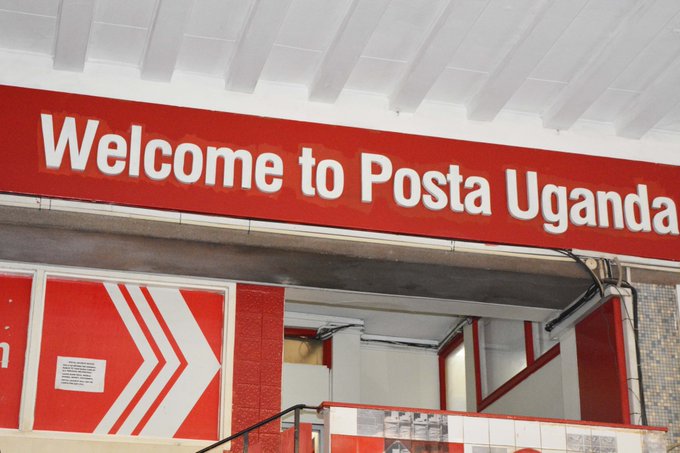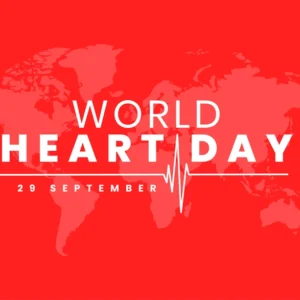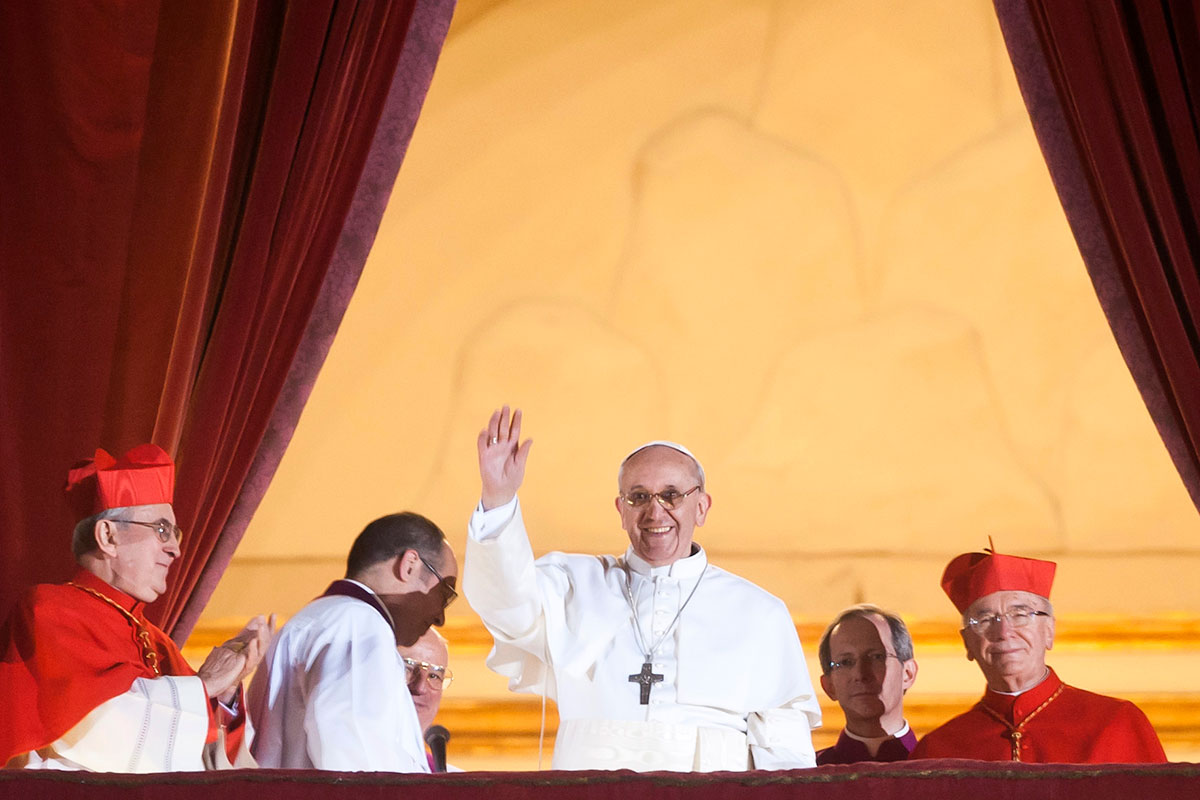The 2025 summer transfer window has closed with fireworks, controversy, and shattered records. Premier League clubs spent more than £3 billion—a staggering outlay that cements England’s top flight as football’s financial powerhouse. While some clubs walked away with masterstrokes, others endured chaotic and costly setbacks.
This was a window that will be remembered for Liverpool’s unprecedented spree, Newcastle’s turmoil, and the widening gulf between the Premier League and the rest of Europe.
Liverpool were the undisputed headline-makers. The Reds smashed the British transfer record not once, but twice, signing Florian Wirtz from Bayer Leverkusen for £116 million before prising Alexander Isak away from Newcastle on deadline day for £125 million. Jeremie Frimpong (£30m), Milos Kerkez (£40m), Hugo Ekitike (£69m), and Giovanni Leoni (£26m) rounded out an extraordinary recruitment drive. Though the move for Marc Guehi collapsed late, Liverpool balanced their books with exits for Luis Díaz, Darwin Núñez, and Jarell Quansah, and now look favourites to retain their Premier League crown.
Arsenal also flexed their ambition, arming Mikel Arteta with the depth required for a sustained title challenge. The Gunners finally addressed their striker problem with Viktor Gyökeres, while Eberechi Eze and Noni Madueke added attacking flair. With Martin Zubimendi, Christian Nørgaard, Piero Hincapié, Cristhian Mosquera, and goalkeeper Kepa Arrizabalaga also arriving, Arsenal’s squad now brims with options. Their January misstep—failing to sign a striker and relying on the ill-fated loan of Raheem Sterling—was corrected in emphatic fashion this summer.
Manchester United, under new boss Rúben Amorim, spent heavily on forwards Matheus Cunha, Benjamin Šeško, and Bryan Mbeumo. But their early Carabao Cup humiliation at the hands of Grimsby Town has left questions about whether their expensive rebuild can deliver results quickly. Manchester City, less extravagant but equally calculated, reshaped their goalkeeping department and reinforced their youthful squad, opting for steady evolution rather than revolution.
Beyond individual clubs, the Premier League’s financial might once again outshone Europe. While Spain, Italy, Germany, and France were relatively quiet, England saw mid-table clubs stripped of their stars—evidence of a new hierarchy where the “Big Six” increasingly recruit from within the league rather than abroad.
But for every blockbuster signing, there were equally dramatic failures. Newcastle endured a nightmare. Losing Isak was one blow; failing to replace him compounded the crisis. Failed pursuits of Hugo Ekitike, Benjamin Šeško, João Pedro, Liam Delap, and Jørgen Strand Larsen left them scrambling. Yoane Wissa’s late arrival offered little consolation, and the departure of sporting director Paul Mitchell raised further doubts about the club’s strategy. Their Champions League hopes look fragile.
Aston Villa also struggled, shackled by UEFA and PSR regulations. Forced into a one-in, one-out policy, they reluctantly sold academy star Jacob Ramsey. While Harvey Elliott and Jadon Sancho were intriguing additions, the summer felt more like survival than progression for a club that had threatened to break into the elite.
Brentford’s window was brutal. They lost manager Thomas Frank to Tottenham and saw their three best players—Mbeumo, Nørgaard, and Wissa—poached by rivals. For a club built on stability, the dismantling of their core leaves them staring anxiously at the relegation battle.
Not all stories were about big spenders. Nottingham Forest stood tall by refusing to sell Morgan Gibbs-White, rejecting Tottenham’s move to trigger his £60 million release clause. Owner Evangelos Marinakis’ firm stance was a statement of intent: Forest want to compete in Europe, not serve as a feeder for the elite.
In the end, the winners were clear. Liverpool emerged stronger than ever, Arsenal built a squad finally capable of going the distance, and the Premier League itself reaffirmed its dominance as the sport’s most glamorous and financially powerful competition. But Newcastle, Brentford, and Aston Villa all left the window weaker, their ambitions undercut by sales, missteps, or financial limits. Even Alexander Isak, despite his dream move to Anfield, damaged his reputation among Newcastle fans with a public campaign to leave.
The bigger picture is just as telling. The Premier League is devouring its own, with mid-table clubs increasingly vulnerable to raids from the elite. Financial rules like PSR are shaping strategies as much as sporting ambition. And clubs are betting heavily on youth, with Wirtz, Gyökeres, and Šeško symbolizing the future of the league.
The 2025 transfer window has delivered everything: drama, record-breaking deals, heartbreak, and intrigue. As the new season unfolds, one truth is clear—the Premier League continues to operate on a scale unmatched anywhere else in football.






